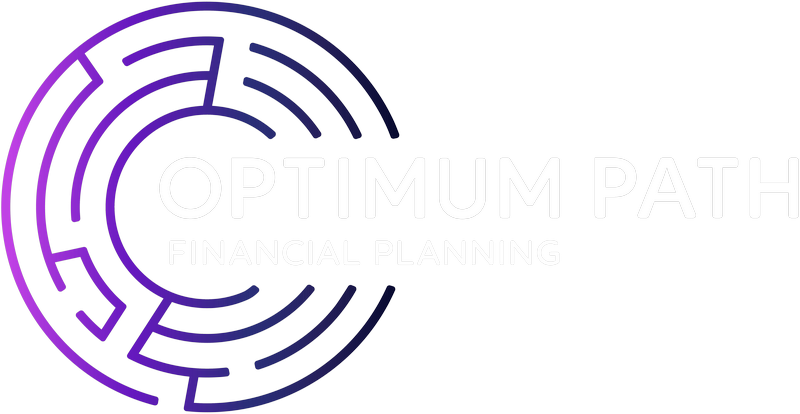19 October 2018
Pension steps to take if you’re self-employed
;)
Millions of people could face a retirement struggling financially, research suggests. As self-employment figures continue to grow, those that work for themselves could be unwittingly heading towards a financial crisis.
The number of self-employed individuals accounts for around 15% of the UK’s workforce; around 4.8 million people. While there are a plenty of benefits to becoming self-employed, these workers are missing out on Workplace Pensions. Worryingly, many aren’t taking steps to build up provisions themselves either.
Research from Prudential found:
- 43% of self-employed workers do not have a pension; compared to 4% of those in employment
- 36% say they can’t afford to save into a pension
- 31% are relying on the State Pension to fund their retirement
- 28% will rely on their business to provide a retirement income
- 20% admit they don’t take pension saving seriously as they don’t think it applies to them
What about the State Pension?
Almost a third of self-employed workers are expecting the State Pension to pay for their retirement. But they could be in for a shock.
The State Pension will provide a foundation for income during retirement for many, both those that are employed and self-employed. However, it’s unlikely to deliver a comfortable income.
Annually, assuming you qualify, the full the State Pension amounts to £8,546; far below the National Minimum Wage. The State Pension is designed to cover the basic cost of living. But if you still have significant outgoings, such as mortgage payments or rent, you’re likely to struggle to make ends meet. Find out how much State Pension you can expect to receive here.
When you picture your retirement, you probably have plans that extend beyond simply covering the essentials too. This is why making additional retirement income provisions is important. A State Pension alone probably isn’t going to provide you with the type of retirement you’d like.
It is possible to supplement your State Pension with other sources of income, even if you’re self-employed. Among the steps you should consider to secure your pension are:
1. Have a retirement plan
If you’re only just starting to plan for retirement, this is a good place to begin. Thinking about what you’d like your retirement years to look like gives you a basis to make other decisions from.
From the age you’d like to retire to the lifestyle you’re aspiring to, planning your retirement can give you some direction. With a clearer picture of your ideal retirement, you’re in a better position to understand the level of income you’re likely to need. With a figure in mind, you’re able to work towards your end goal and set targets.
2. Save into a Personal Pension
When you’re self-employed, the main disadvantage you have is that you won’t be enrolled in a Workplace Pension. But you can set up and contribute to a Personal Pension.
While you’re still working, you can contribute into a pension scheme, the exact amount will depend on your earnings and profits. It can be a complex figure to calculate but we can help. This maximum allowance applies across all schemes you’re paying into.
You can add more than maximum allowance into a pension annually but you won’t receive tax relief on anything above the allowance. You may also face additional charges.
3. Balance short and long-term savings
Many self-employed people neglect long-term savings because they’re focussed on the short term, the Prudential research found.
While more than two-fifths aren’t saving for their retirement, 64% have built up a financial safety net for emergencies. It’s a choice that reflects the unpredictability of self-employment. Emergency savings are critical but should be built up alongside long-term alternatives too. Neglecting pensions and other long-term saving vehicles mean that future financial security could be at risk.
Self-employed workers need to balance both short and long-term savings, contributing to them both.
4. Look into opening a Lifetime Individual Savings Account (LISA)
As you won’t have a Workplace Pension, you won’t benefit from employer contributions. But a LISA can provide you with a government bonus.
You can open a LISA if you’re aged between 18 and 40; and can continue to make deposits until you’re 50. The LISA was designed to encourage those saving for their first home or retirement, making it a good option for self-employed workers.
Each year you can deposit up to £4,000 in a LISA, which will be deducted from your overall annual ISA allowance of £20,000. You can choose from a Cash LISA and a Stocks & Shares LISA, so you could benefit from tax-efficient interest or returns. However, where a LISA stands out is the government bonus of 25%. If you maximise your annual allowance, you’ll receive £1,000 in ‘free money’ each year to top up your retirement provisions.
However, it’s important to note that you can’t withdraw money from a LISA unless you’re buying your first home before you’re 60 without a penalty. As a result, you should add to a LISA alongside short-term savings in case of emergencies.
5. Consider Income Protection
Not being able to work can be a concern when you’re self-employed. As a result, it’s understandable that many are focussed on short-term savings.
Self-employed Income Protection can give you peace of mind that, should you be unable to work due to accident or sickness, your essential outgoings will be covered. It can help give you the confidence to put a portion of your income away for your retirement years.
A standard Income Protection product will make monthly payments that are a percentage of your usual profit before tax once the deferred period has passed. Policies vary in what they cover and how long for, so it’s essential to pick out the one that’s right for you
6. Speak to a financial planner
Despite 19% not feeling confident with financial matters, many self-employed individuals aren’t seeking advice. Just one in 10 self-employed people sees a financial expert regularly. Given that they are more likely to have complex requirements than someone in employment, professional advice can be invaluable, including where pensions are concerned.
A financial planner can help you understand how your current retirement savings will support you when you give up work. With these projections, we can then create a tailored plan to improve your current provisions where necessary. Our aim is to make your retirement savings work as hard as possible to achieve the lifestyle you want in your later years.
If you’re self-employed and want to understand what this could mean for your retirement finances, please call us today. We’ll help you create a savings plan in the context of your retirement goals and current lifestyle.
Category: News
